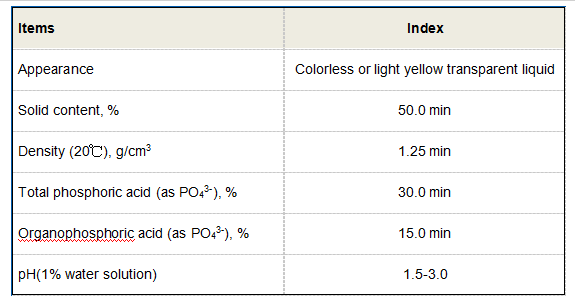Safety Data Sheet Overview for Poly Aluminum Chloride Chemical Properties and Handling Guidelines
Understanding the Safety Data Sheet (SDS) for Poly Aluminum Chloride
Poly aluminum chloride (PAC) is a versatile chemical commonly used in water treatment, paper manufacturing, and various industrial processes. To ensure the safe handling and use of this substance, it is crucial to refer to its Safety Data Sheet (SDS). The SDS provides comprehensive information about the chemical's properties, potential hazards, safe handling practices, and emergency response measures.
The SDS for poly aluminum chloride is typically divided into several sections. The first section outlines the identification of the substance, including its chemical name, synonyms, and recommended uses. This ensures that users can clearly identify the chemical and understand its primary applications, which range from municipal water treatment to wastewater management.
Following identification, the SDS details the hazards associated with PAC. This section includes information on potential health effects, such as irritation to skin and eyes, respiratory issues upon inhalation, and digestive problems if ingested. It is essential for users to recognize these hazards to undertake appropriate safety measures during handling.
The next sections of the SDS focus on protective measures and personal protective equipment (PPE). Users are advised to wear protective gloves, goggles, and masks to minimize exposure risks. Additionally, it emphasizes the importance of good ventilation in workspaces where PAC is used. Understanding these precautions can significantly reduce health risks for workers.
poly aluminum chloride sds

In the event of an emergency, the SDS provides clear guidance on first-aid measures. For instance, in case of skin contact, the affected area should be washed thoroughly with soap and water, while inhalation may require moving the individual to fresh air and seeking medical attention if symptoms persist. This information is critical for maintaining safety in workplaces where accidental exposure may occur.
Moreover, the SDS covers environmental considerations, noting that PAC should be handled in such a way as to prevent release into the environment. It advises on appropriate disposal methods to minimize ecological impact. This section is vital for organizations aiming to comply with environmental regulations and sustainability practices.
Finally, the SDS concludes with details on regulatory information and transport considerations, ensuring that users are aware of any legal obligations related to the handling and transportation of poly aluminum chloride
.In summary, the SDS for poly aluminum chloride is an essential document that provides vital information on safe practices for handling this chemical. By understanding and adhering to the guidelines laid out in the SDS, users can mitigate risks and ensure a safe working environment.
-
Water Treatment with Flocculant Water TreatmentNewsJun.12,2025
-
Polymaleic AnhydrideNewsJun.12,2025
-
Polyaspartic AcidNewsJun.12,2025
-
Enhance Industrial Processes with IsothiazolinonesNewsJun.12,2025
-
Enhance Industrial Processes with PBTCA SolutionsNewsJun.12,2025
-
Dodecyldimethylbenzylammonium Chloride SolutionsNewsJun.12,2025





